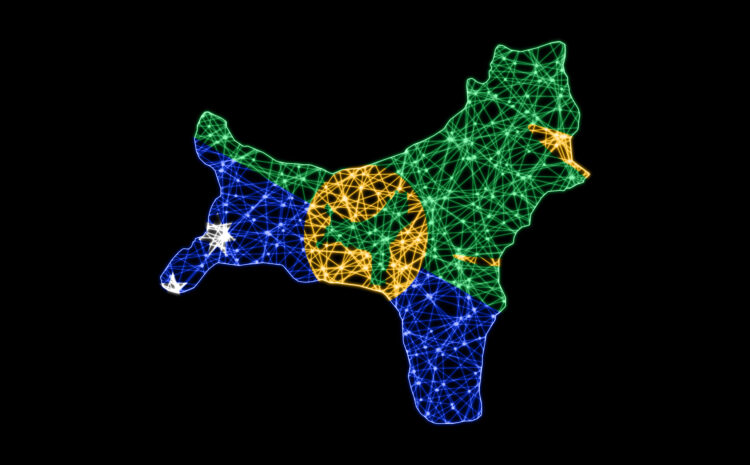Local Saudi Arabia Platforms & Providers International & Flexible Online Programs Summary Table Learning Path Format Highlights ESI Riyadh Courses Scheduled online classes Affordable, clearly structured, Arabic context NobleProg Live Training Remote instructor-led Interactive, customizable training on GIS tools Esri…
Best QGIS Projection for Australia: A Guide When working with spatial data in Australia using QGIS, choosing the right projection is crucial for accurate mapping, measurement, and analysis. Projections transform the 3D shape of the earth into a 2D map,…
How GIS supports NEOM’s Development NEOM is one of the world’s most ambitious greenfield developments: a planned cross-border megacity and industrial complex in northwest Saudi Arabia built from the ground up with sustainability, automation, and advanced digital infrastructure at its…
Bushfire Risk Analysis in Australia Using GIS: A Step-by-Step Guide” Introduction Australia is one of the most bushfire-prone countries in the world due to its dry climate, dense vegetation, and seasonal weather patterns. Accurate bushfire risk assessment is critical for…
Best GIS Software for City Planning in California Urban planning in California demands powerful, flexible, and environmentally aware tools. Geographic Information Systems (GIS) play a critical role in enabling planners to manage land use, infrastructure, housing, transportation, and sustainability. With…
Top Free Basemaps for Australia in QGIS 1. AusMap Plugin A dedicated QGIS plugin tailored for Australian geospatial data. AusMap provides layers from Geoscience Australia, OpenStreetMap, and Google Maps via WMS, WFS, WMTS, and XYZ formats. An excellent one-stop solution…
Below are step-by-step instructions and recommended sources: Source: Australian Bureau of Statistics (ABS) The ABS provides detailed and up-to-date shapefiles for various geographic levels, including Suburbs and Localities (SAL). Download Link: https://www.abs.gov.au/statistics/standards/australian-statistical-geography-standard-asgs-edition-3/jul2021-jun2026/digital-boundary-files Steps to Download: How to Use on a…
Toronto is one of North America’s most data-forward cities, offering a wide range of public datasets through its Open Data Portal and Geographic Information Systems (GIS) resources. For urban planners, access to such rich, high-quality data is essential in making…
Urban centers across Canada are undergoing rapid transformation. From addressing climate change and population growth to fostering inclusive, sustainable communities, cities face unprecedented planning challenges. At the heart of these solutions lies a powerful technology: Geographic Information Systems (GIS). Once…
GeoBase is one of Canada’s most important repositories of geospatial data, providing authoritative, standardised datasets critical for everything from environmental research to urban planning. Whether you’re a GIS professional, developer, researcher, or policy maker, understanding GeoBase is key to working…











